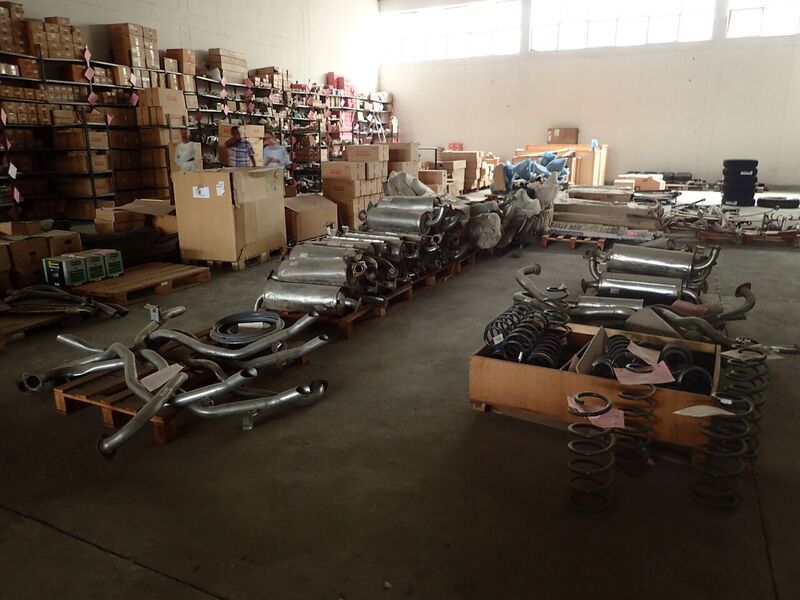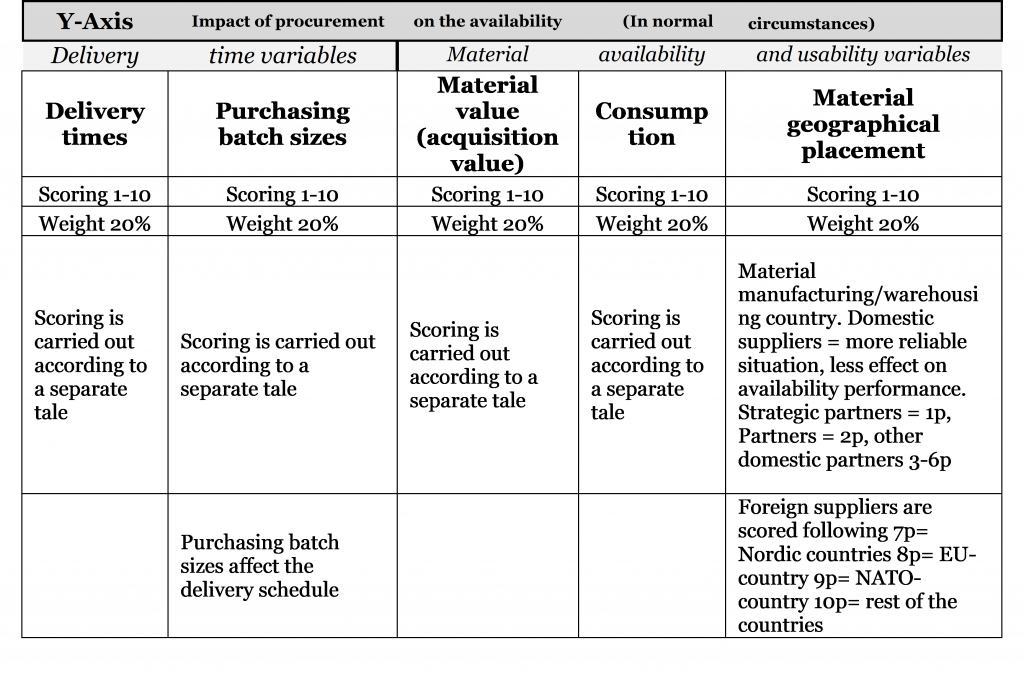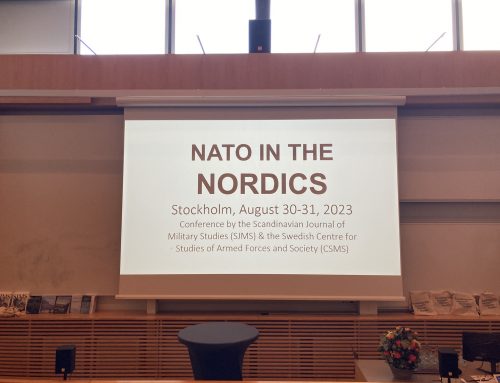By Lauri Aaltonen
Hanken Master’s Alumnus
Procurement Planner in the Finnish Defense Forces

As I write this blog entry, I have already graduated from Hanken MSc. In the closing phase of my studies, I wrote my master’s thesis (Pro Gradu). Title of my thesis was ´Development of procurement for maintenance spare parts – Case Finnish Defence Forces´. It was conducted as an assignment from my employer. I started writing my thesis as an intern in the Finnish Defence Forces in February 2022. My path to this position was not so much through ready-made contacts and network, but with support from my active and self-initiated search methods. I feel that general knowledge of the field and my previous experience in the army increased my interest. I completed my thesis during April 2022. The thesis work from the spring eventually led to the permanent job where I work currently.
“Procurement is the method of exploring and agreeing to terms and purchasing goods or services from an external source, often with the use of a tendering or competitive bidding process.” (Laffont, Jean-Jacques; Tirole, Jean (1993). A Theory of Incentives in Procurement and Regulation. MIT Press. p. 1). Procurement of spare parts does not differentiate from the general meaning that much, but it has indeed own special attributes. For example, when purchasing spare parts, a direct significance for maintenance and operational capacity must be included. My interest was increased by the application of procurement development to a military actor.
Like any high-quality academic project, my thesis began with comprehensive planning. We developed the subject area together with my employer and we defined the research questions based on the development points that emerged from the organization. Those points were related to the creation of common operating methods and the automation of operations in order to save costs. I was also able to participate in influencing the direction of the review of development needs. My research questions for the study were:
– RQ1 Is there currently an efficient system in place within procurement operations that cater specifically to the replacement of equipment, spare parts, and consumables?
– RQ2 How should the available resources be managed so they focus on important areas – distribution by effectiveness?
– RQ3 How the material is categorized to procurement portfolios, in order to aim at more effective self-sufficiency and focus on procurement?
– RQ4 How do procurement portfolios work to increase cost efficiency?
The study background was facilitated by a lack of procurement categorization and the need to indicate material critical to the procurement processes. Throughout the process, we had a constant discussion with my employer about the direction in which the development should be taken. The most interesting moments consisted of them when the retrieved and processed data began to be completed and the logic took shape. I didn’t do much so-called field work, but surprisingly, you can also experience interesting moments in front of the screen. These were enriched by opening conversations with other employees who were eagerly awaiting the results of the study.
Thus, the results of the study were needed in the organization. Creating a framework for classification and specification of spare parts was my main target point in the thesis project. Even though the Finnish Defence Forces are a public administration (and military) actor, I wanted to make use of research methods established in earlier studies and industry use. These research methods seemed to support the process and the justification to the client was relatively easy. Peter Kraljic’s 1983 presentation of his matrix model was, in my opinion, the most suitable for the situation, as the model divides the procurement into fields with their own functionalities. A lot of work resulted in creating the basis for categorization and determining the right parameters. Defining the parameters in this context meant choosing the right factors through which one could assess the material importance and criticality. The parameters are in direct contact with the daily operation of spare parts. As a result of good groundwork, I got the following suggestions:


The Y and X models shown above come from a ready-made four-field matrix (Kraljic’s matrix), where the scoring of the four-field parts consists of X and Y values. The characteristics that determine the points were created for this study itself. Y-axis denominators (parameters) indicate the effect of each item to the availability of systems and the X-axis denominators of level of difficulty in managing procurement for each item.
After the basics of categorization, I was able to define matrix titles the way I wanted. The material I analysed was now to be placed in different procurement categories based on its procurement transactions and other characteristics. The goal was to show the materials that behave in different ways in the procurement process, and I think I succeeded in this well. The main focus in this process was to identify/highlight that different materials should be taken into account differently in procurement. The final work done for the client usually supports the client directly, and that’s how I was able to develop the operational methods for each category:

The table above contains four procurement categories whose operating instructions are utilized in procurement to make it more efficient. As a result, I was able to demonstrate the benefits of categorization and classification. According to my analysis, the security of supply and self-sufficiency perspective are also developing, and this is an important point of reference for the military operator.
The writing process for master’s thesis is long and time-consuming. For many, even the first academically big assignment. However, you can get a lot out of it, and I think the work prepares its creator for future challenges. For me, I often seemed to run out of time, but I felt it was best for me to meet my predetermined time limit. I succeeded in this and in my mind still with relatively good results. Overall, the final project was very interesting, and I received a lot of support from both the school and the employer.

Lauri has started a career within military procurement since graduating from Hanken. During freetime Lauri can be spotted playing basketball and attending to LOGY activities




